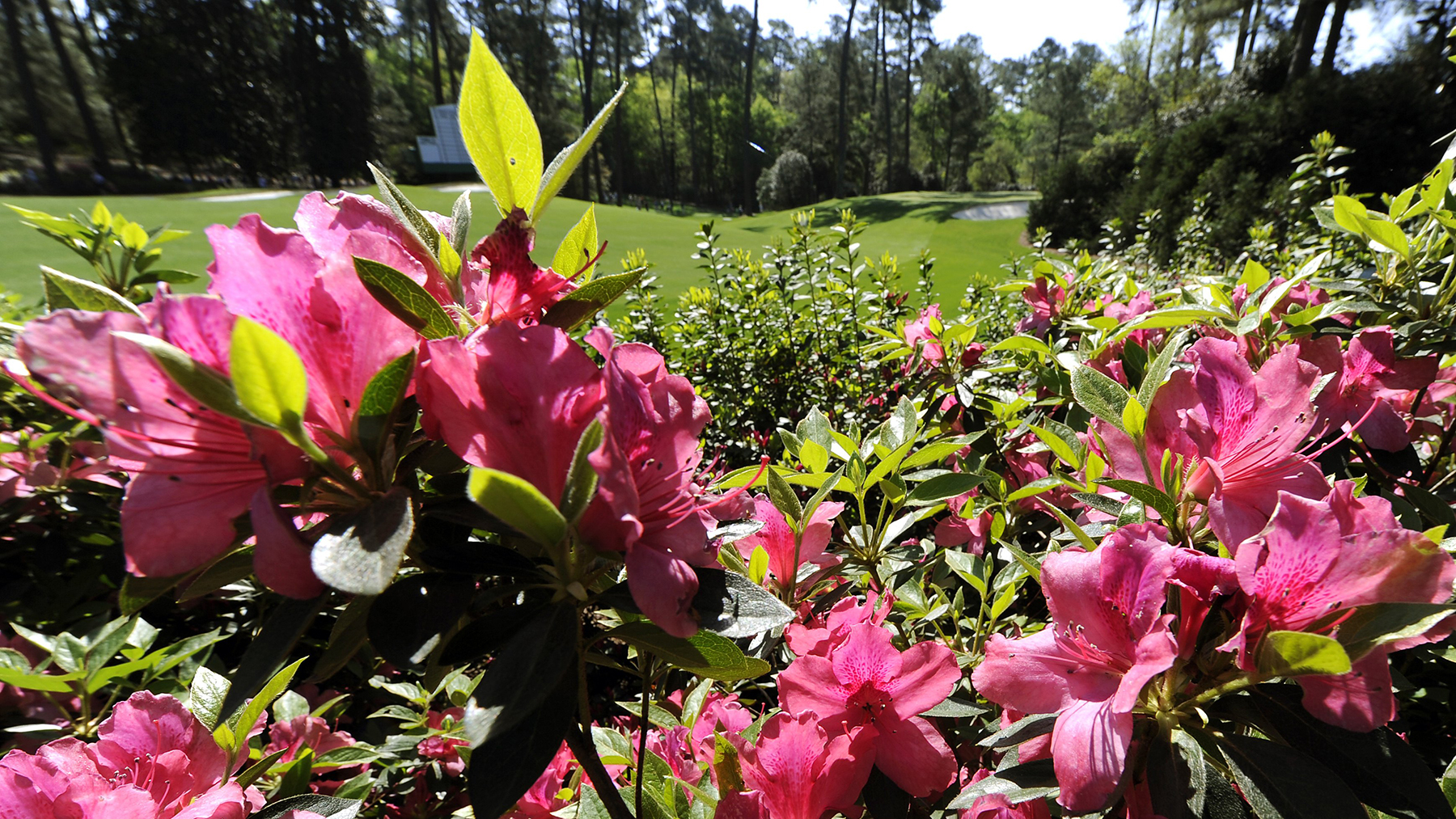
With The Masters underway at the Augusta National Golf Club, spectators will be rewarded with more than a professional golf tournament. The course is renowned for its beautiful flora and fauna, so while the tournament ushers in the golf majors season, it’s also a showcase of brightly-colored azaleas in full bloom.
Azaleas are flowering shrubs belonging to the Rhododendron genus, which flower in the spring, providing a magnificent and abundant floral display. Their showy and colorful blooms are glorious, whether planted as single shrubs or within a larger expanse. And their popularity is widespread, with many Azalea collections throughout the US, including a display at The New York Botanical Garden.
In celebration of the start of spring and azaleas in full bloom, we’ve put together 5 top tips on how to care for azaleas so you can enjoy an abundant display in your yard.
1. Azaleas are acid-loving plants
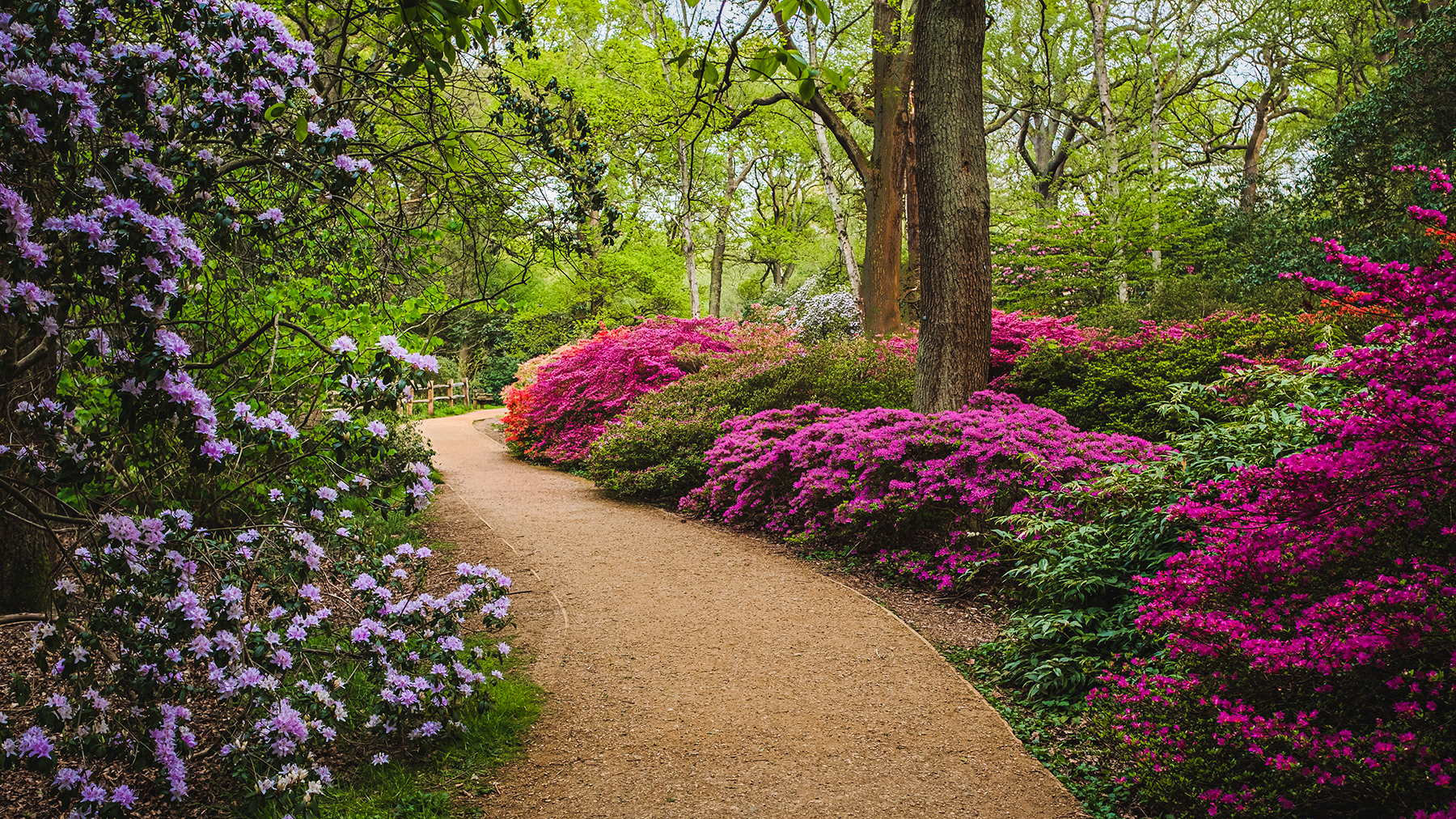
Azaleas thrive in acid soil that’s moist and well drained. Digging in organic matter, such as compost, leaf mould, or bark, will provide the best nutrients to enrich the soil and sustain your plants.
They do best in a soil with a pH between 4.5-6, but if you have alkaline soil, all is not lost. Plant Natural suggests correcting the pH level by adding acid-rich sulphur or pine needles. And if you're buying azaleas for the first time, it might be worth investing in a soiling testing kit to check. You'll be able to see if you need to balance the soil before planting any new azalea shrubs.
Understanding pH values
The pH scale runs from 0 to 14, with seven being neutral. A lower pH indicates higher acidity, while a higher value indicates greater alkalinity.
2. Plant azaleas in light shade
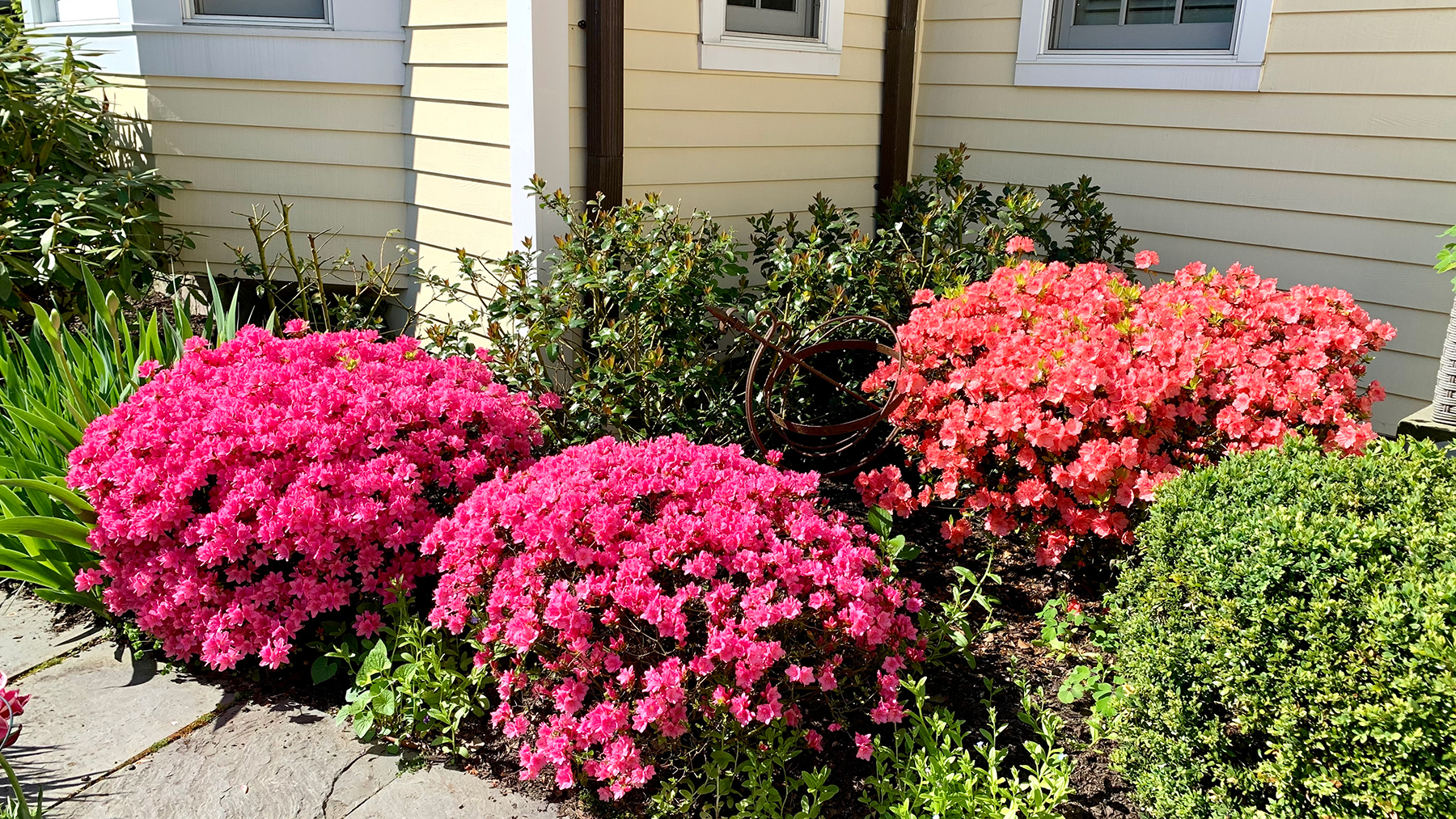
You’ll get the most out of your azaleas if you plant them in the best position. Miracle-Gro suggests placing them in all-day dappled shade or where they are exposed to the sun in the morning and light shade in the afternoon. Spots under trees or along the north side of your house both make a good place, although avoid dense shade as the blooms will suffer.
Why should you avoid planting azaleas in full sun? Apart from their leaves being at risk of scorching, positioning an azalea in full sun puts it under stress, making it more susceptible to disease and insect attack.
3. Avoid overwatering
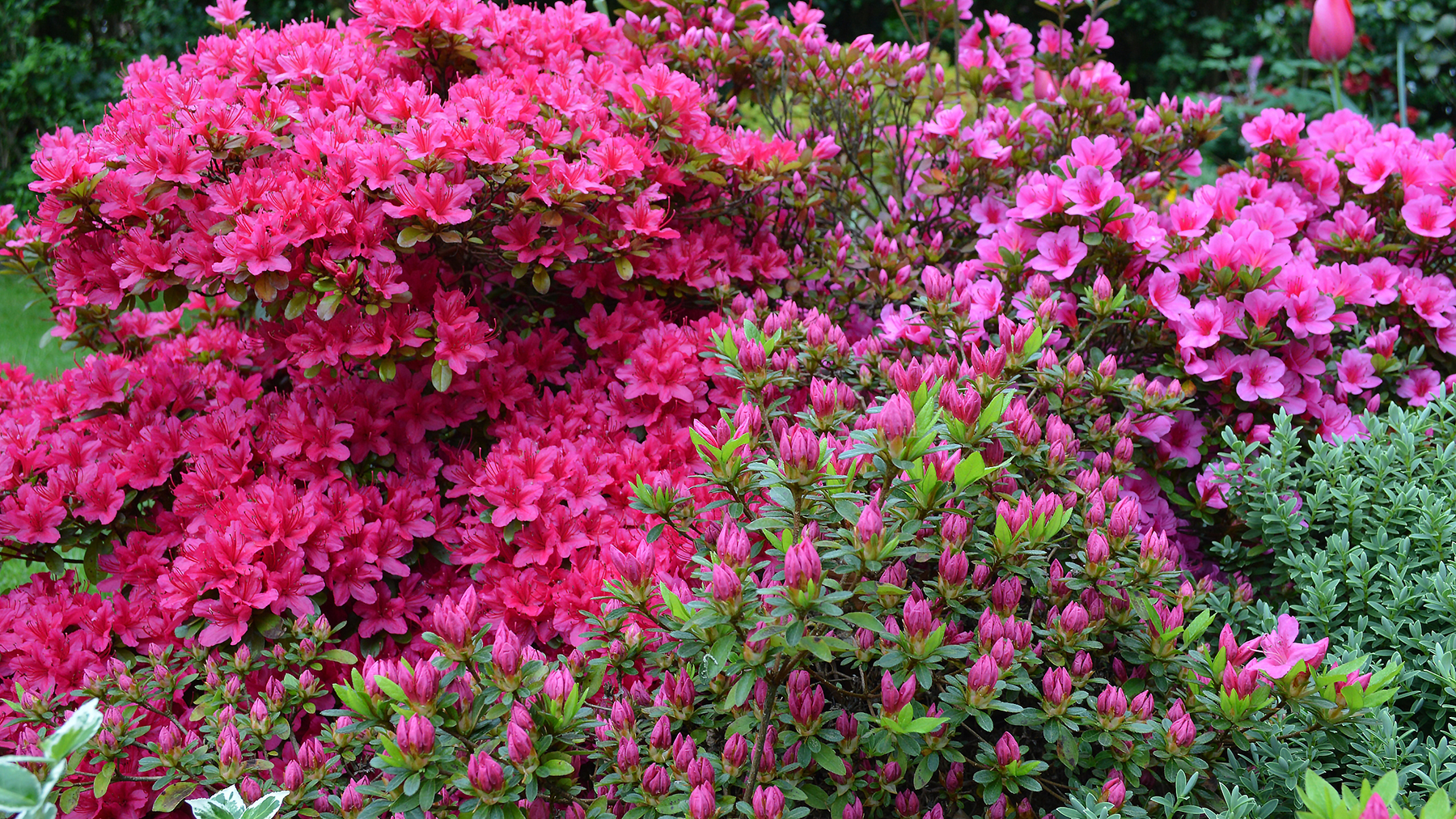
While azaleas favor moist soil they don’t like to be drenched, as this can lead to issues such as fungus and the add-on issue of root rot. If you notice wilted, yellow or blanched leaves, it could be an early sign. So, although the key is to water them regularly, especially in the first two years, as they become established plants, the trick is not to over load them.
Good drainage is also essential to ensure they don’t become overwatered and their roots become sodden. It will help to plant azaleas on a mound so that excess water can drain away.
4. Avoid pesky pests
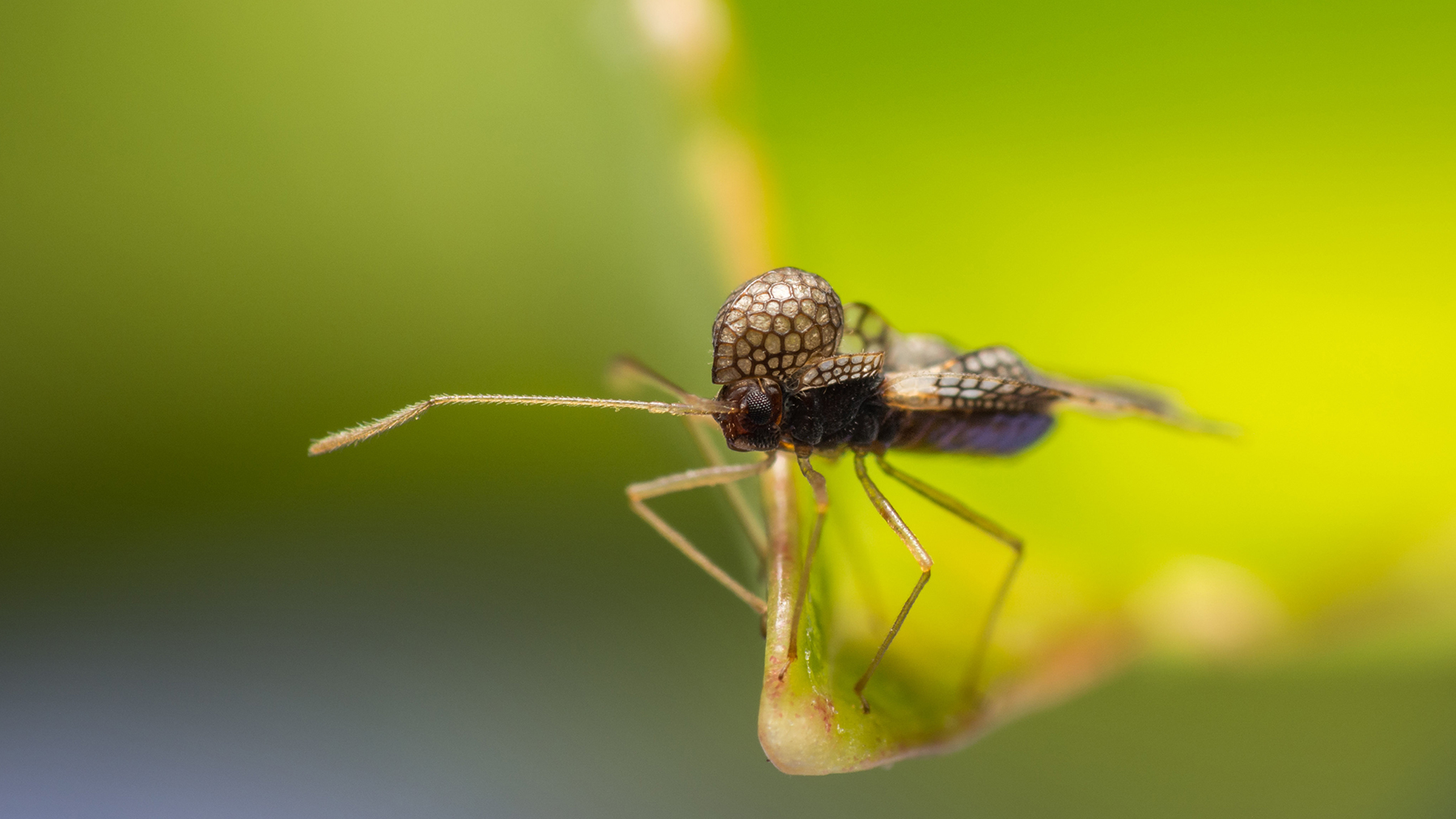
Like all plants, azaleas are not averse to being attacked by pests. They are particularly vulnerable to lace bugs that enjoy attaching to the undersides of their leaves and feasting on the plant’s sap. These bugs remove vital nutrients, causing the leaves to turn speckled grey-brown or silvery in color.
Adult lace bugs are about 0.2 inches in length and mottled black and tan. Nymphs, or juveniles, are the same color but smaller and shinier in appearance. The nymphs leave behind honeydew, a sugary liquid on which mold develops. The coating can inhibit photosynthesis, further damaging the plant’s health.
If you’re vigilant and spot the damage before it becomes a problem, the foliage can be pruned, which avoids the hazard of blitzing your azaleas with chemical to get rid of them.
5. Prune wisely
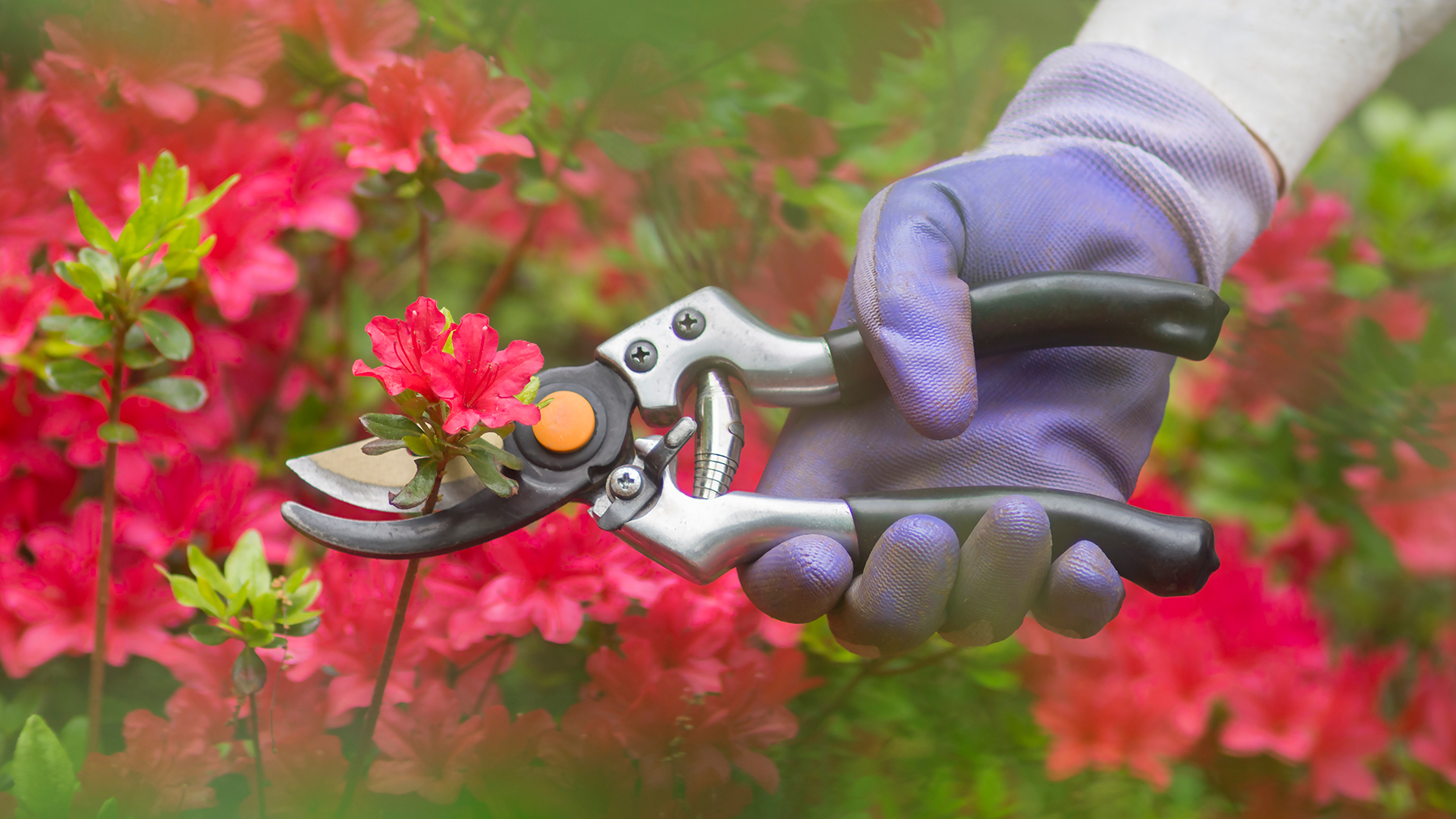
The best time to prune azaleas is a few weeks after they’ve finished blooming but before they start forming new buds in mid to late summer. So, the perfect time will be in June, while July will be too late.
Pruning will allow more air to circulate within the plant, helping to prevent fungal infections. It will also improve the overall shape of the plant and give you the opportunity to remove any diseased branches.







